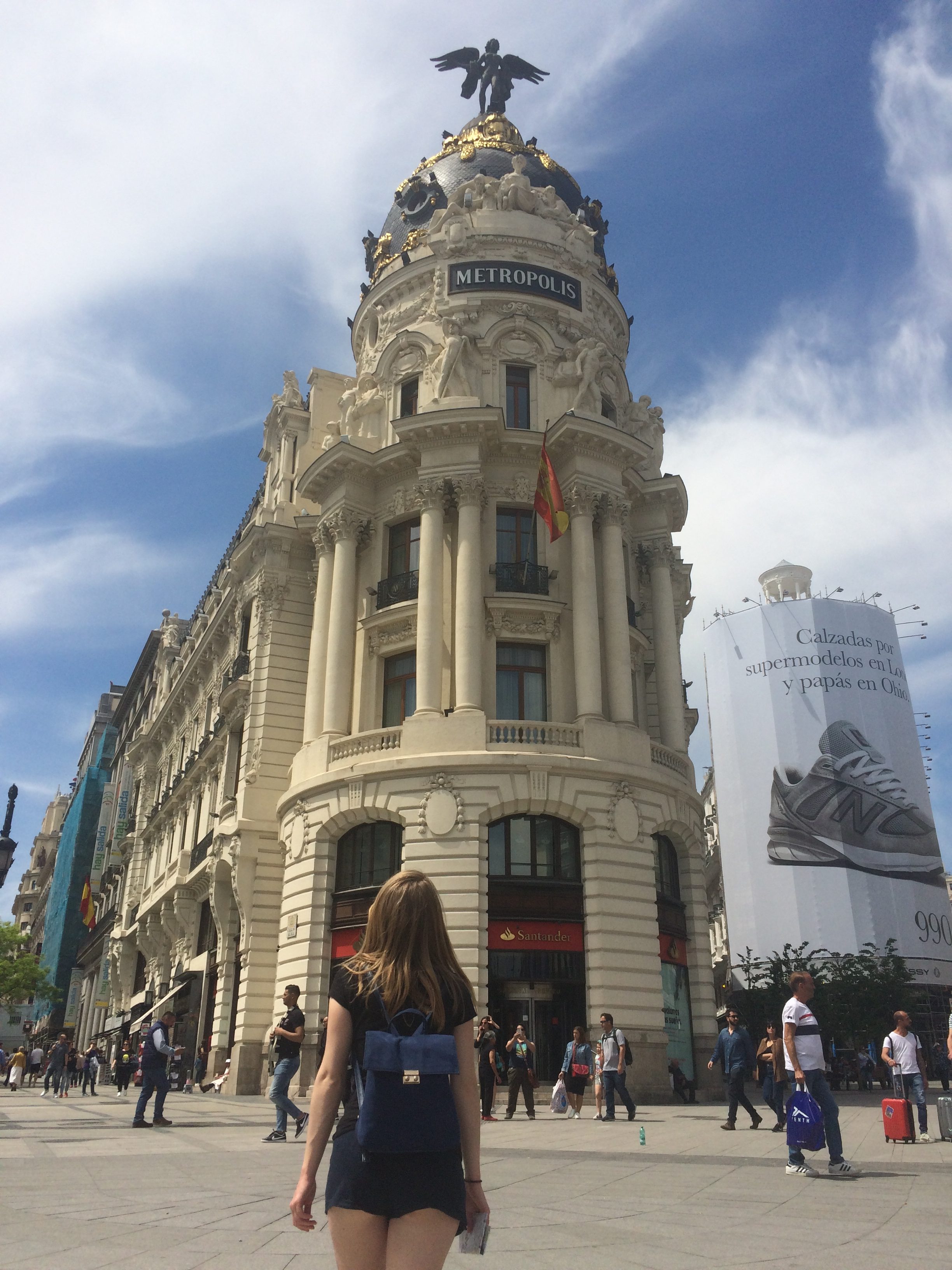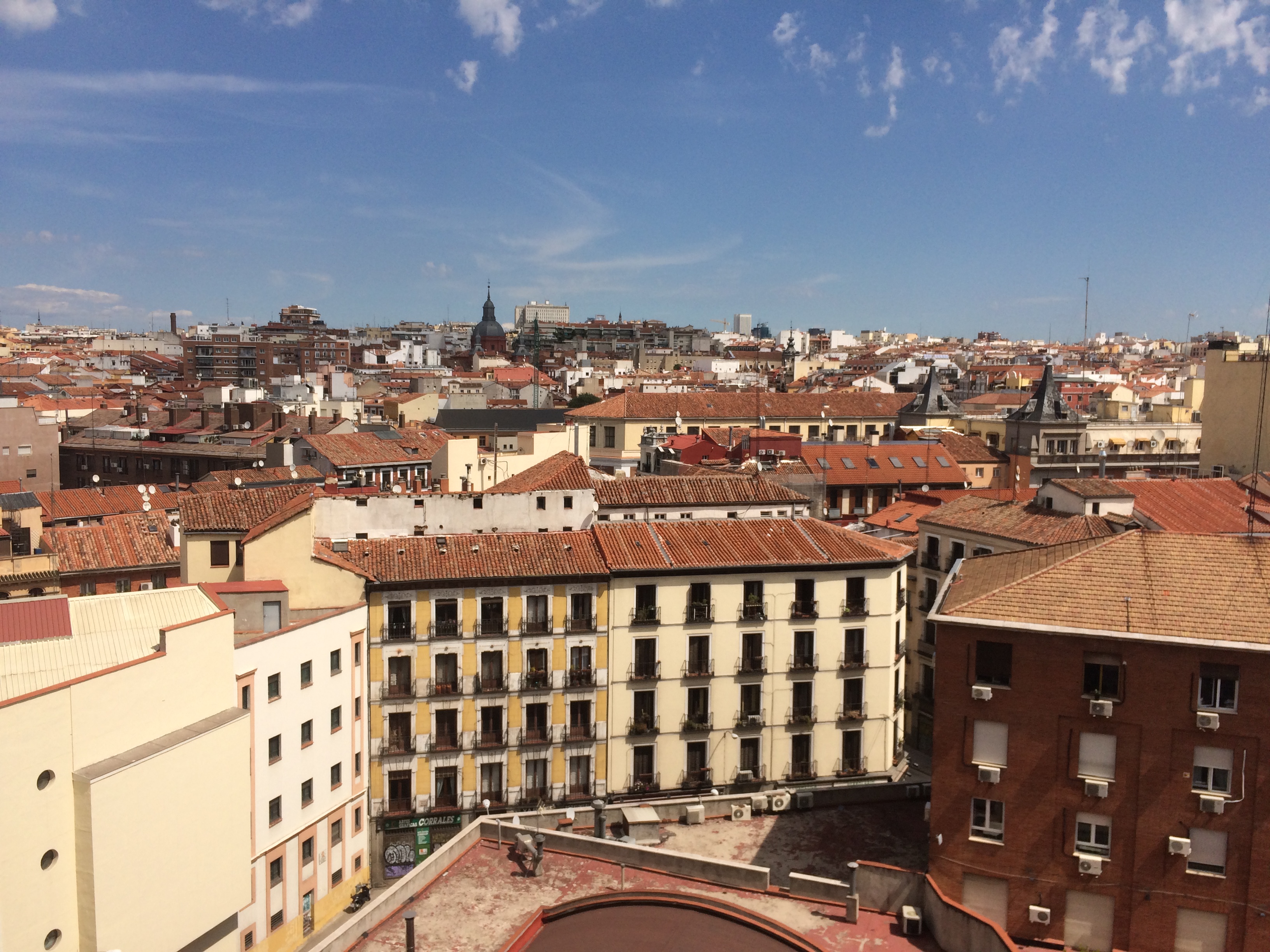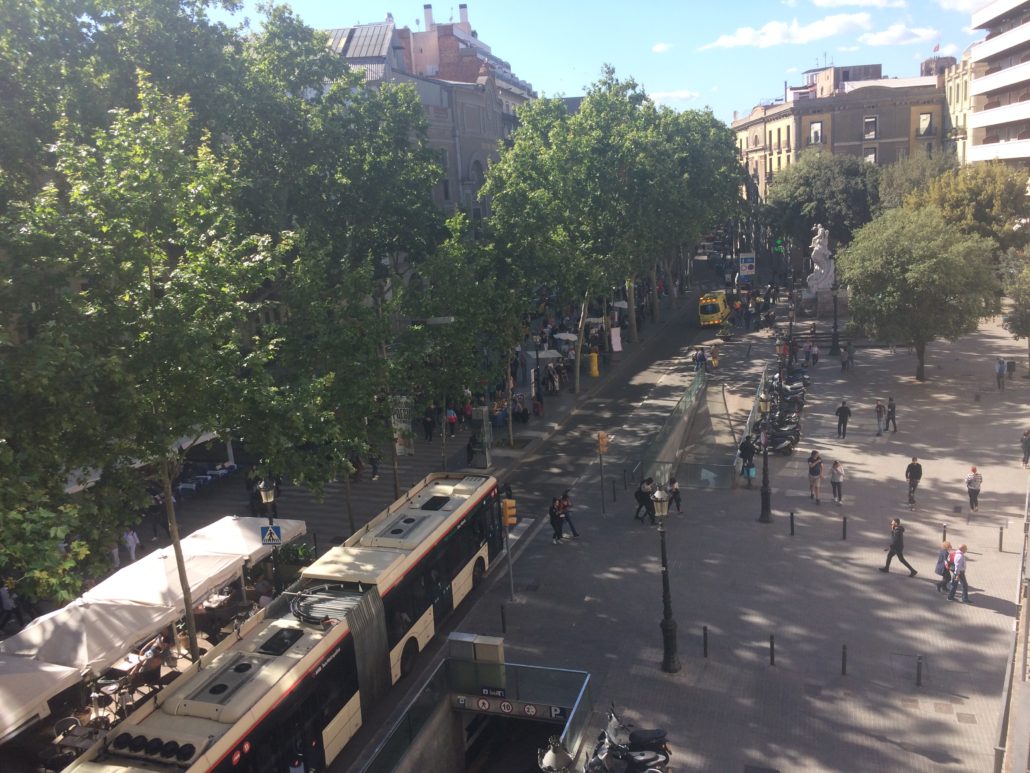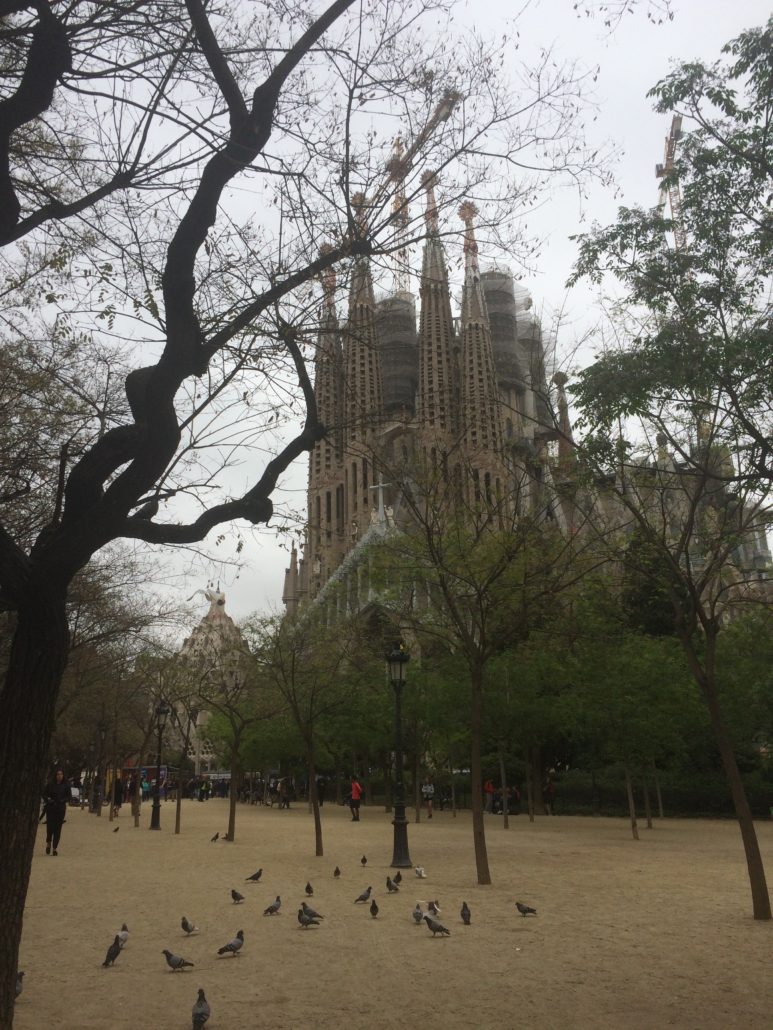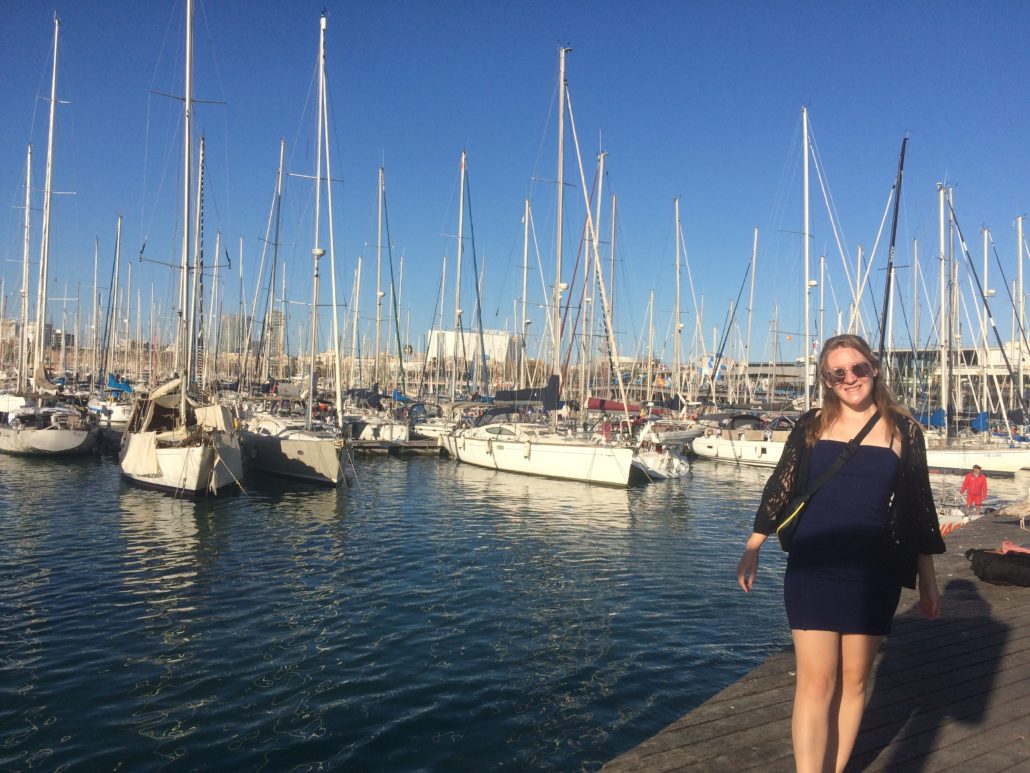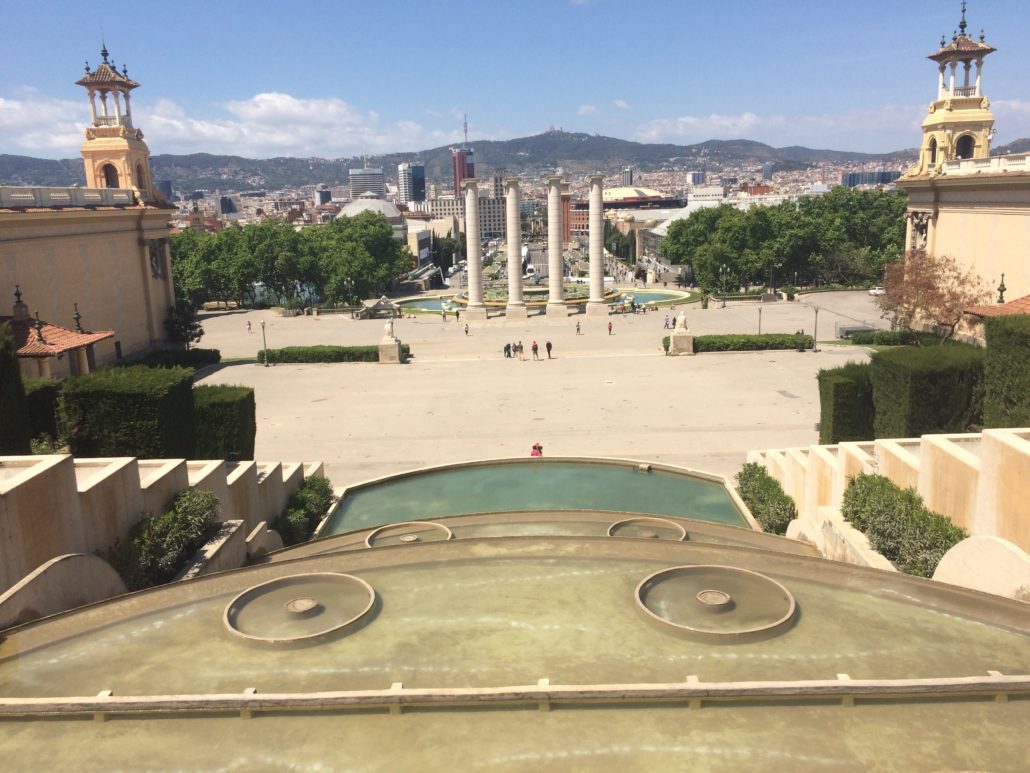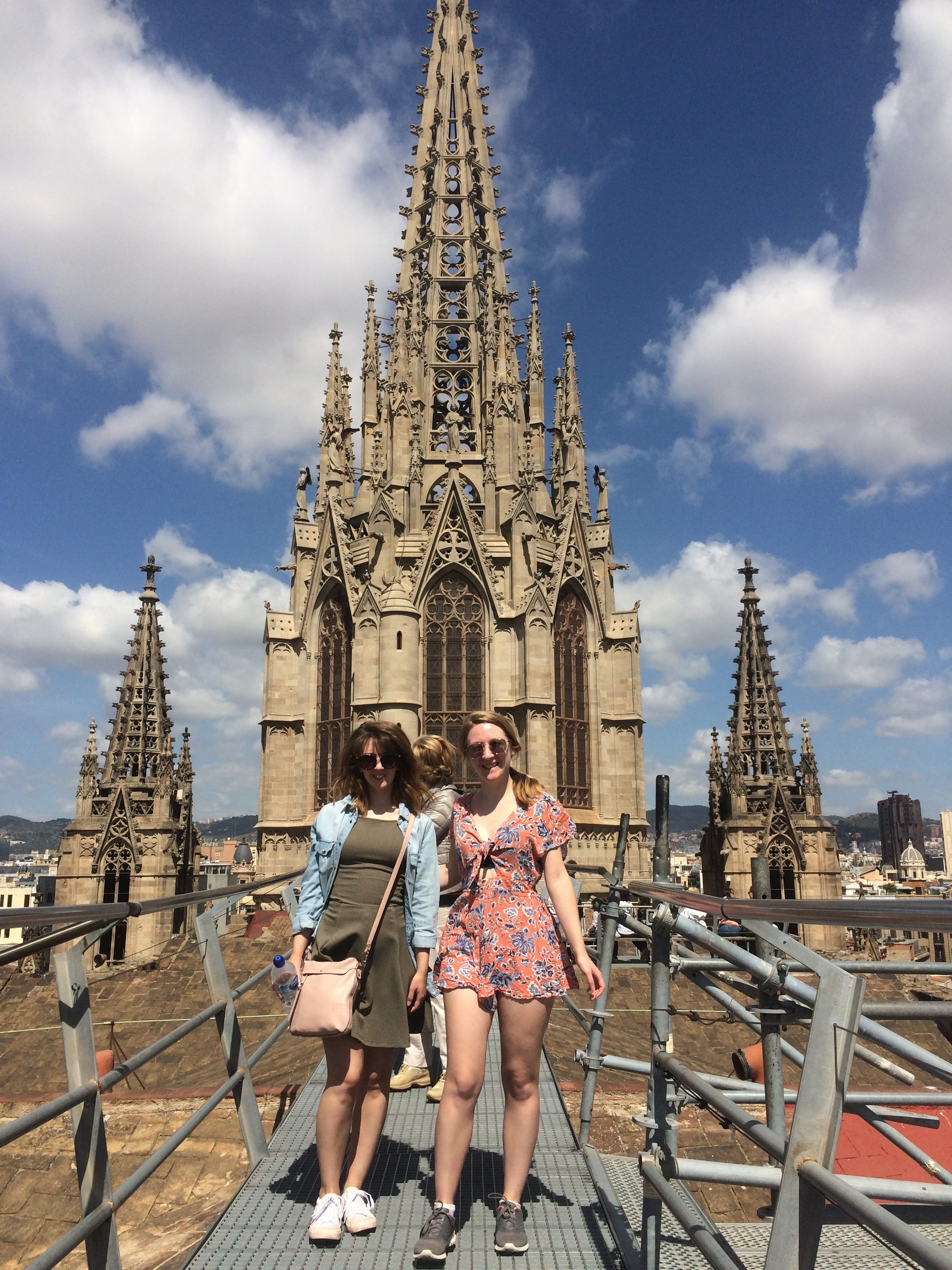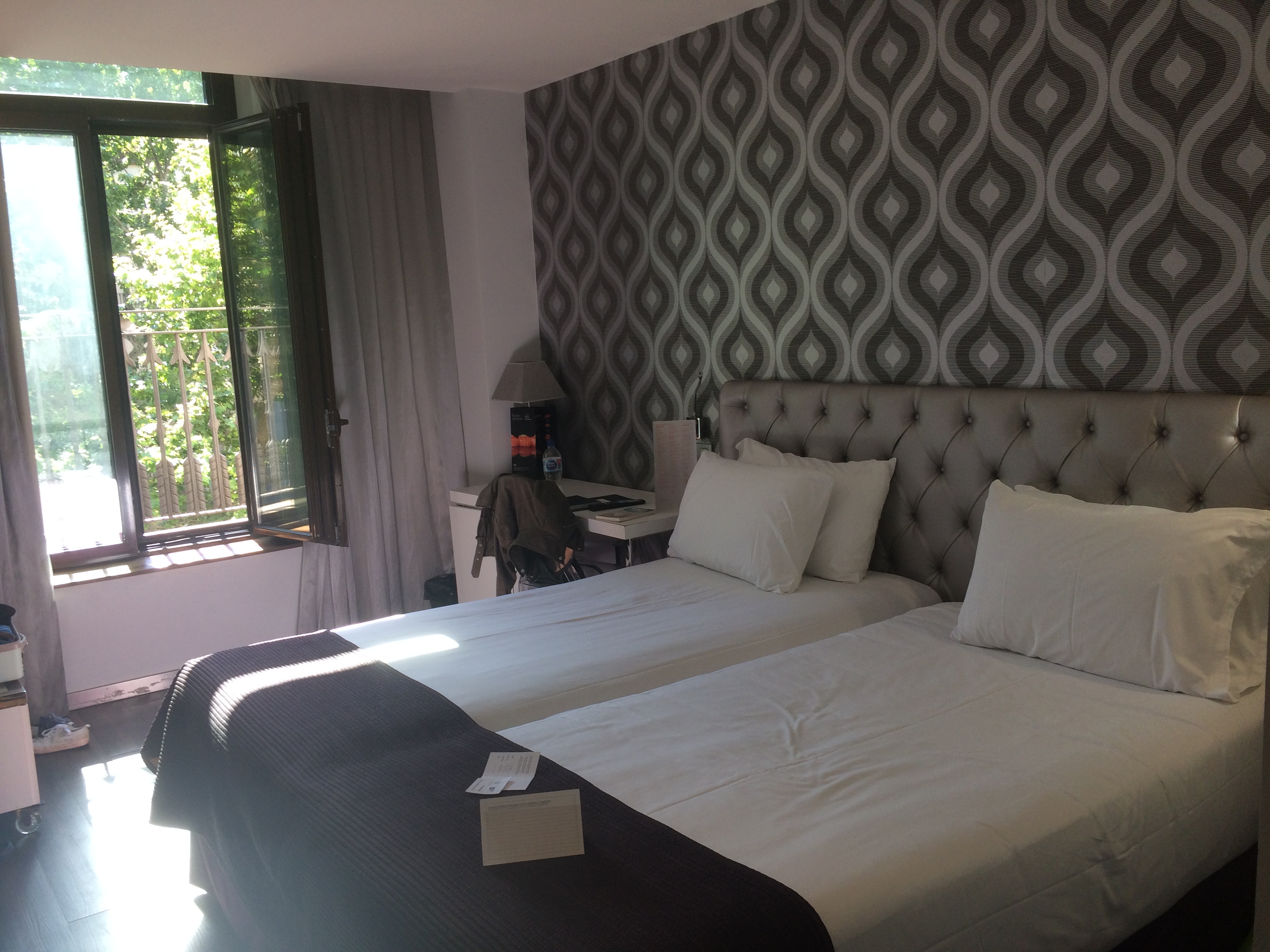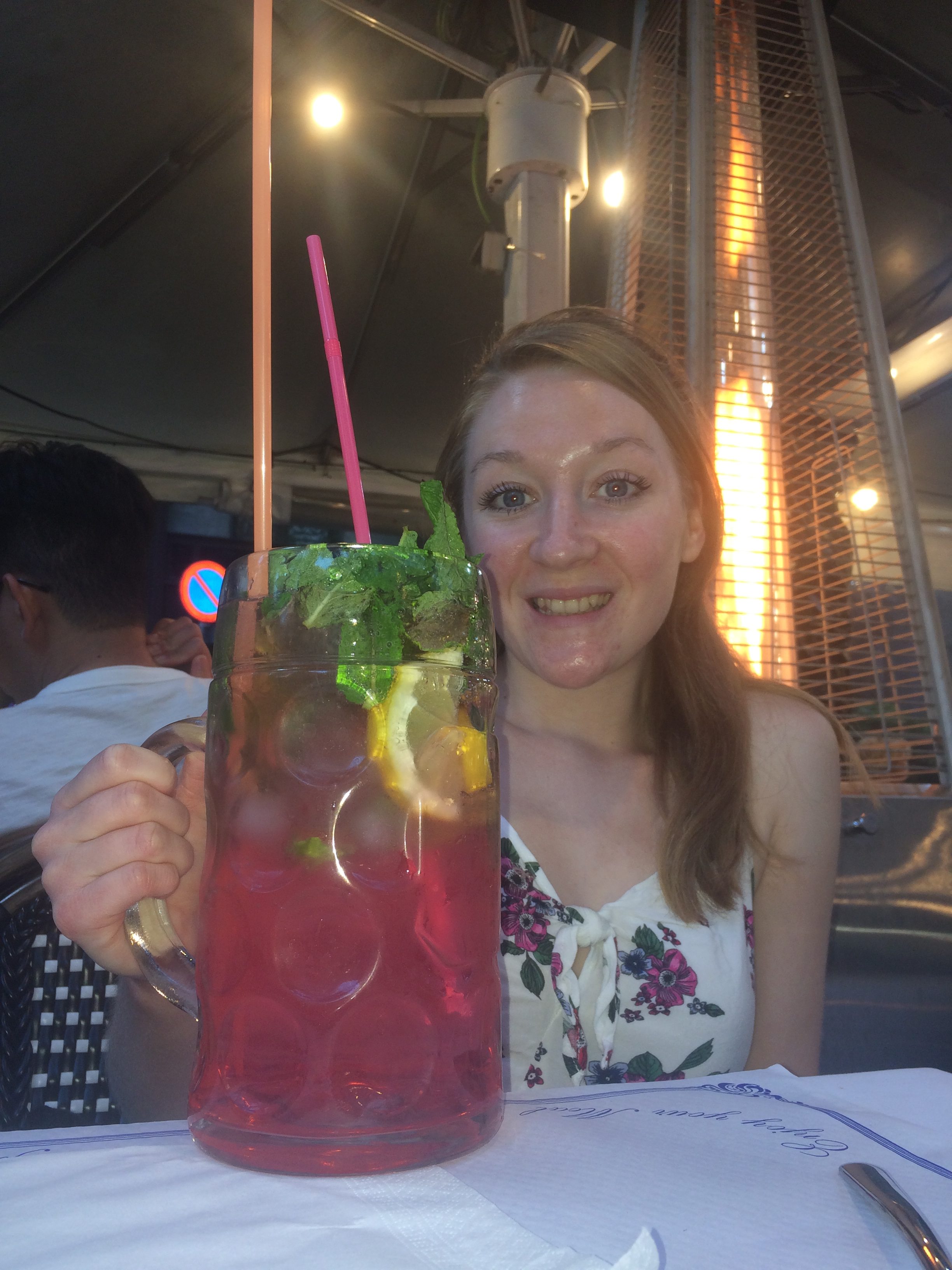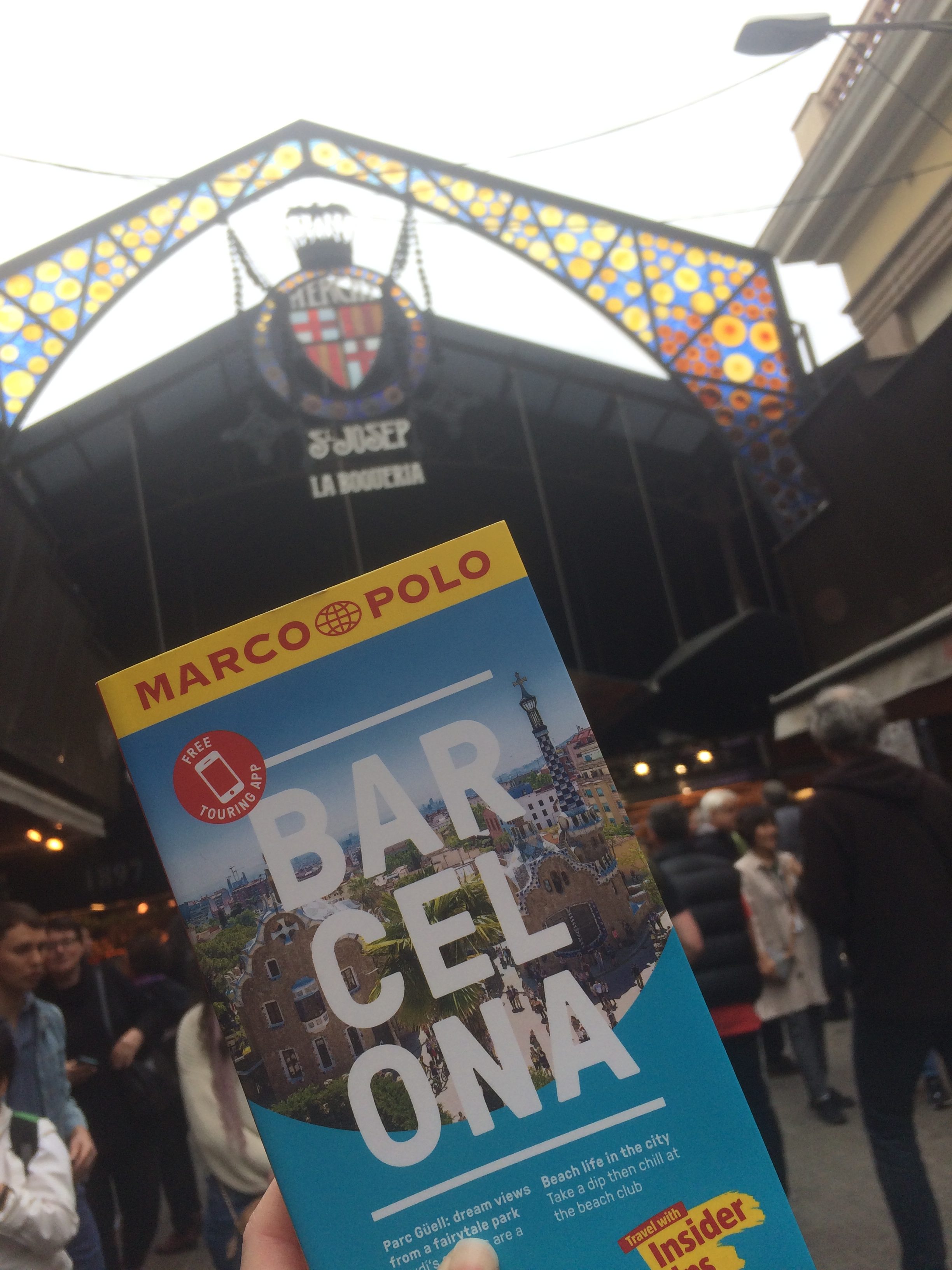48 Hours in Valencia: The Perfect Spanish City Break
Beautiful Valencia. Famed for its football team, its extra long beach and for being the home of everyone’s favourite Spanish dish, Paella. The third largest city in Spain, Valencia was the second stop on my recent interrailing trip with my sister, breaking up the journey between Madrid and Barcelona. It was equally as beautiful but much less touristy than the other two cities, which we actually loved and it felt so nice to explore somewhere that wasn’t super crowded. We stayed just outside of the old town centre, in the new modern area, but within walking distance to the old town and all its attractions. Valencia is almost like a city of two halves; its old town square being home to the historic cathedral and bell towers, and then the more modern part of the city with its enormous Oceanarium, bioparc and state-of-the-art science and culture park. Although we only had 48 hours in Valencia, we felt this was definitely enough time to see everything and tick off plenty of the best known sights from our list. Here’s what we got up to, and what I would recommend you do there too…
Discover the gothic architecture

Views from the top of Valencia Cathedral
Did you know that Valencia has its very own Gothic architecture? Influenced by the city’s Roman past and Mediterranean construction techniques between the 12th and 15th centuries, some of Valencia’s most popular landmarks represent this type of Gothic architecture. The main square, Placa de L’Amoina, is where the gorgeous Valencia Cathedral is located, along with it’s adjoining bell tower and incredibly ornate interiors, with the ceiling said to be inspired by Rome’s Sistine Chapel. The cobbled streets surrounding the cathedral are brimming with shops, bars, café’s and restaurants , and you can climb the tower for stunning panoramic views over the entire city below. Whilst wandering the streets during our 48 hours in Valencia, we found a super cool area called Plaza Redonda, a unique area filled with tapas restaurants and boutique stores laid out in a round circle, offering traditional Spanish food and souvenirs. La Lonja de La Seda, otherwise known as The Silk Exchange, is a one of the most civil Gothic monuments in Europe with history dating back to the 15th century, and it was declared a UNESCO World Heritage Site in 1996.
Walk through Jardin del Turia

The Torres de Serranos lit up at night
Spanning nine kilometres of lush gardens, winding foot paths and sports areas, the Turia Gardens (or Jardin del Turia) is one of the largest urban parks in Spain and runs alongside the former River Turia that once meandered its way through the city. Torres de Serranos is the gateway to the old style Valencia, linking the gardens and the new town with the history of ancient monuments in the old town. We actually walked through the gardens to get from our hotel to the old town many times during our 48 hours in Valencia and the walk was so lovely, with plenty of trees, flowers and plants lining the pathways. The walk between the towns takes around 20-30 minutes depending on how fast or slowly you’re going, and you’ll pass no less than 18 bridges above you as you make your way there. As well as being the gateway to the old town, the gardens are sprinkled with modern touches and are also home to the City of Arts and Sciences centre and plenty of sports and recreational areas with football pitches and tennis courts too.
Chill out on Malvarossa Playa

The palm trees at Malvarossa Playa
I wasn’t sure if we would have time to head to the beach during your short 48 hours in Valencia, but I am so glad we did as it was definitely one of the highlights of our time there! Instead of spending an afternoon there soaking up the midday sun, we actually headed over at around 5pm to catch the last parts of the early evening sunshine and still got to enjoy the heat whilst we were there. We headed for dinner on the beachfront and enjoyed a cocktail or three as the sun started to set behind us. Malvarossa Playa was super lively and there was so much going on that we could have easily spent another day/night checking out all the other bars and restaurants. There’s also plenty of water-sports action if that’s what you’re in to, and the long stretch of sand makes the perfect place for a spot of sunbathing.
Visit the Oceanografic Centre
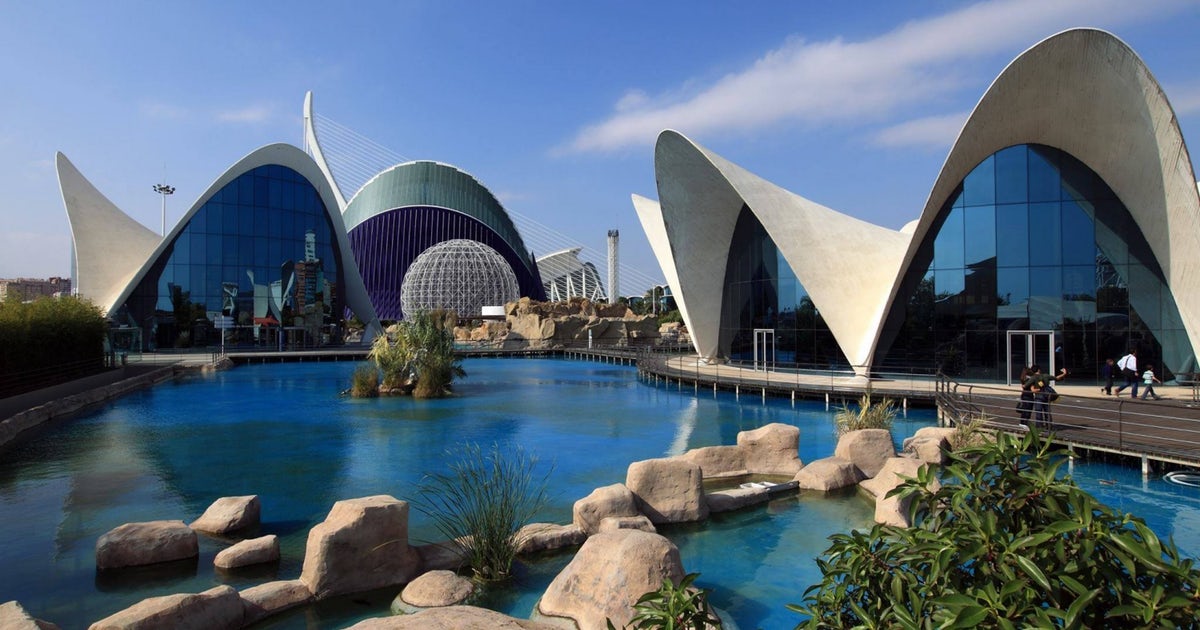
Photo credit: www.musement.com
Valencia’s Oceanografic Centre
Located in the Arts and Sciences complex at Jardin del Turia, and with impressive architecture that looks similar to Sydney’s iconic Opera House, the Oceanografic Centre is one of the tourist attractions that’s a real must see during your 48 hours in Valencia. Laid out over two levels, with nine underwater towers housing over 45,000 marine species, the Oceanografic Centre is considered to be more of a training and research centre as opposed to a zoological park, making it an aquarium like no other. Split into ten geographical areas, from the Mediterranean and tropical seas to the polar oceans of the Arctic and Antarctic, you’ll spot more than 500 different species of marine life, including sharks, sea lions, manta rays and penguins. There’s also a separate dolphinarium, with training talks and daily feeds as well as shows at the auditorium which seats over 2000 people. If all the fantastic marine life isn’t enough to tempt you to the Oceanografic Centre during your 48 hours in Valencia, I’d highly recommend checking out the underwater restaurant where you can sit and watch some of the amazing species of fish swim right past you as you dine.
Where to Eat

The central plaza in Valencia – great for eating out!
There are an abundance of restaurants, café’s and bars to choose from during your 48 hours in Valencia, most of which can be found in the old town, on the streets that lead from Placa de L’Amoina, where the cathedral is located. On our first night we ate in a tiny restaurant overlooking the cathedral, which was super cute and really cheap considering how good the location was. Our pizzas cost around 10 euros, and we had a cocktail each too. On our second night we hopped in a taxi from the old town square to Malvarossa Playa, the long stretch of sandy beach that I mentioned earlier on in this post. There were so many lively restaurants and bars to choose from, and there was even a club at the end of the pier too. We ate in a small beach bar that served an eclectic menu of Spanish and Italian dishes and enjoyed great sea views as we dined. We stayed out quite late that evening as it was a Saturday night and we were hitting up the cocktail bars, but a taxi back to our hotel was only 10-15 euros and was around a 20 minute drive away.
Where to Stay

The rooftop pool at The Expo Hotel Valencia
We stayed out of the old town, in the new area with the El Cortes Ingles shopping centre just behind us which seemed to be v popular in Spain! Our hotel, The Expo Hotel, was around a 5-10 min taxi ride from the train station, where we came in and out of because we were interrailing, but it wasn’t too far from the airport either. A 20 minute walk through the Jardin del Turia took us under some of the historic bridges and through the gate at Torres de Serranos which marked the entrance to the old town. The Expo Hotel had a rooftop bar and terrace with fantastic city views which we loved, as well as a rooftop swimming pool too! It was super handy having the shopping centre right behind us and there was a courtyard of restaurants to choose from too if you didn’t fancy walking all the way into the old town for dinner. We ate lunch in one of the restaurants on the day it was raining and it felt like we were locals not tourists! Our room was spacious and modern, and the hotel was really stylish throughout, in a great location. If you want to stay in the heart of the action during your 48 hours in Valencia, I would recommend staying in the old town instead to really soak up the atmosphere.
My sister and I absolutely adored this city, and we discovered that 48 hours in Valencia was definitely enough time to explore and take everything in. We loved relaxing on the beach, enjoying the amazing foodie scene and admiring the gothic architecture. Valencia felt like true authentic Span, more like one of the Balearic islands than one of it’s cities, and I felt it was super similar to Palma in Mallorca with it’s ancient landmarks combined with lively nightlife. We had a fantastic 48 hours in Valencia and I would recommend this city to anyone looking for a true taste of Spain in a really beautiful city. Have you been to Valencia before? I would love to know what you got up to over there!





